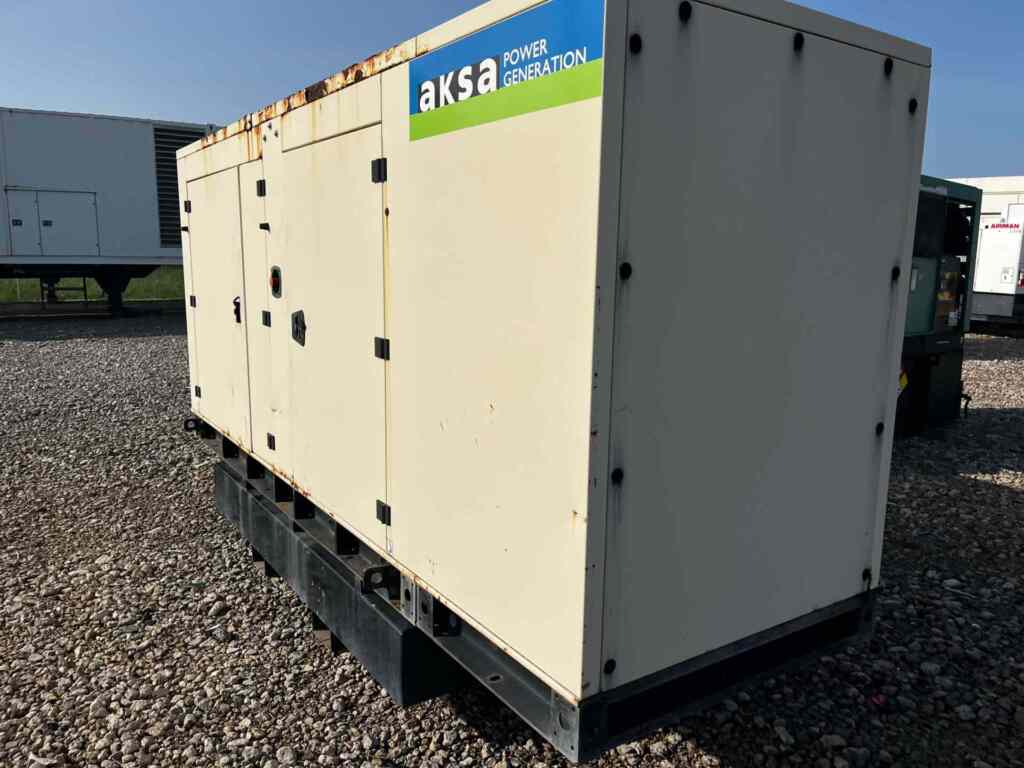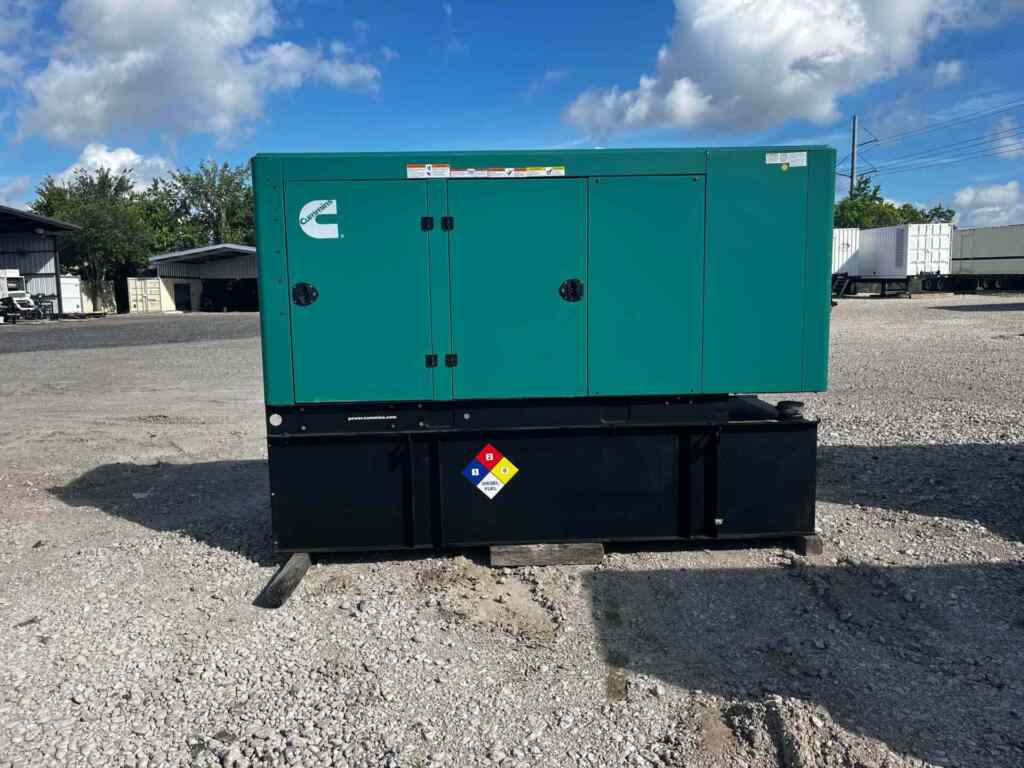Having a standby generator is important if you want to keep your business operating during a power outage. For many industries, like the healthcare industry, having power can mean the difference between life and death. Other industries, like the financial sector, rely on generators so that they don’t lose money if the grid goes down temporarily. To make sure that a generator will work during an emergency, you need to test it periodically. This process is called load bank testing.
The Ins And Outs Of Load Bank Testing
A load bank is a specialized piece of equipment that produces artificial loads during generator load bank testing. The artificial loads are simulated by bringing the generator’s engine to a certain operation temperature and pressure – similar to ones that would be used during an emergency. In other words, the purpose of load bank testing is to act as a dry run for emergency generator use and to allow any flaws or problems to be addressed before a critical situation arises.
What Are The Benefits Of A Generator Load Bank Test?
You may be wondering if it is necessary to plan for routine generator load bank testing. The answer is yes! There are multiple reasons why a generator should undergo routine load bank testing.
- Generator load bank testing verifies that your generator is up to handling emergency loads.
- Routine testing allows you to discover problems earlier, which can be less expensive to fix and prevent major issues in the future.
- A generator load bank test helps to avoid wet stacking and cleans out carbon deposits.
- This routine maintenance verifies that your generator’s engine cooling systems will perform while under load.
- Most importantly, load bank testing provides you with the peace of mind that your generator will work correctly when you need it most.
When the power goes out, you want your generator to be ready to operate at full capacity. Making generator load bank testing a part of routine generator maintenance ensures that your generator will be ready to go during a power outage.
What To Expect From A Load Bank Test
During a generator load bank test, measurements are taken to determine a generator’s battery and system performance. A load bank test will provide real-time data that will identify any problems with your generator and any repairs that should be made. In the case of an industrial standby generator, load bank testing will indicate the engine’s ability to provide the required power; measure the alternator’s capability to provide the required voltage stability; evaluate the efficiency of control systems under varying loads, and monitor the performance of the entire system. The testing will also help remove deposits from pistons, engine castings, and exhausts; identify potential weaknesses within the generator’s systems; record results; and note any maintenance work that needs to be done.
How Often Does A Generator Need Testing?
The frequency schedule for generator load bank testing often depends on how the generator is classified and what industry it serves. For example, if a generator is used as a source of backup power in a hospital setting, the testing guidelines per safety codes are much more frequent than in other industries. However, data centers and financial organizations are held to strict testing requirements, too – although not as strict as hospitals or emergency services.
In most cases, it is a good practice to perform load bank testing on non-mission critical generators once a year. During this test, generators should be run at 80 percent of their maximum load for 60 minutes. Companies can rent a load bank for this annual testing, or purchase one to have permanently on-site – depending on their needs and the required testing frequency.
Don’t be caught in the dark, or without the power you need to keep the lights on and your operations running during a power outage. Make generator load bank testing a routine part of your generator’s preventive maintenance today. That way, you will have peace of mind and the security that comes from knowing that your generator will be ready in an emergency.
 Turnkey Industries offers a variety of high-capacity
Turnkey Industries offers a variety of high-capacity 






